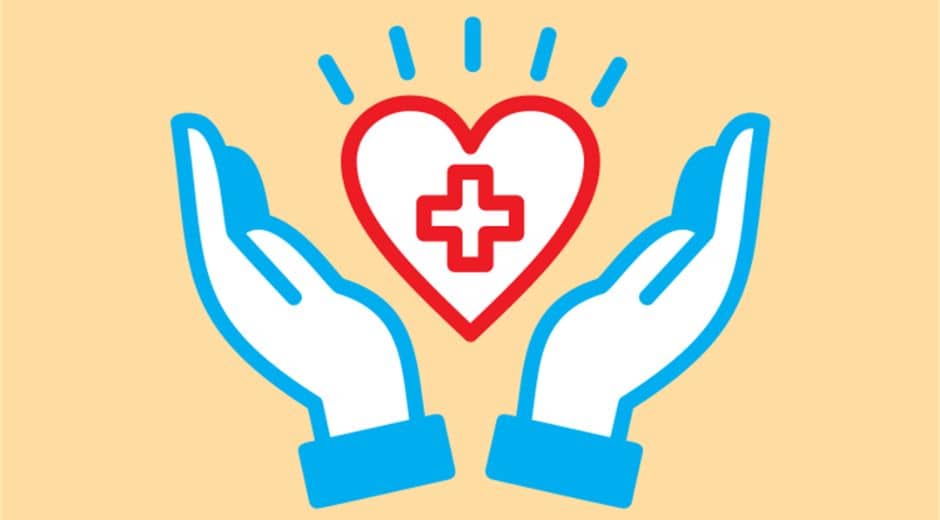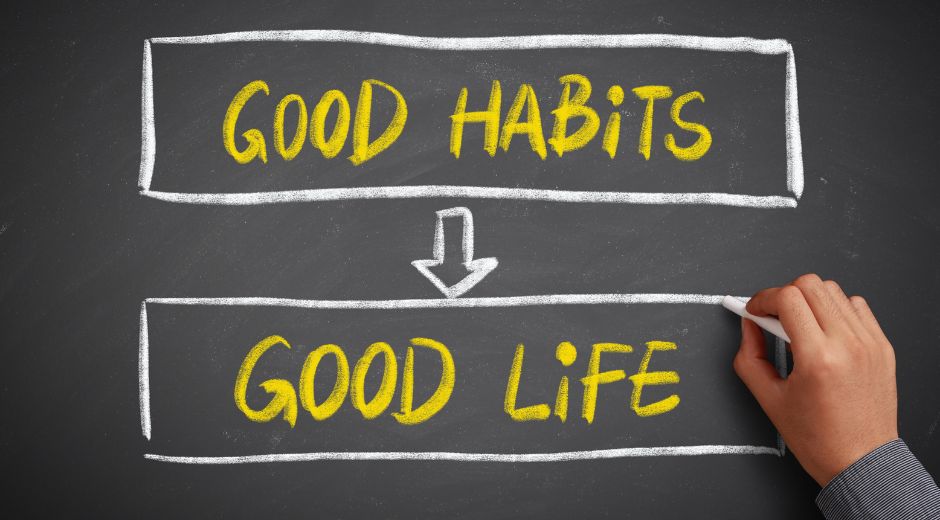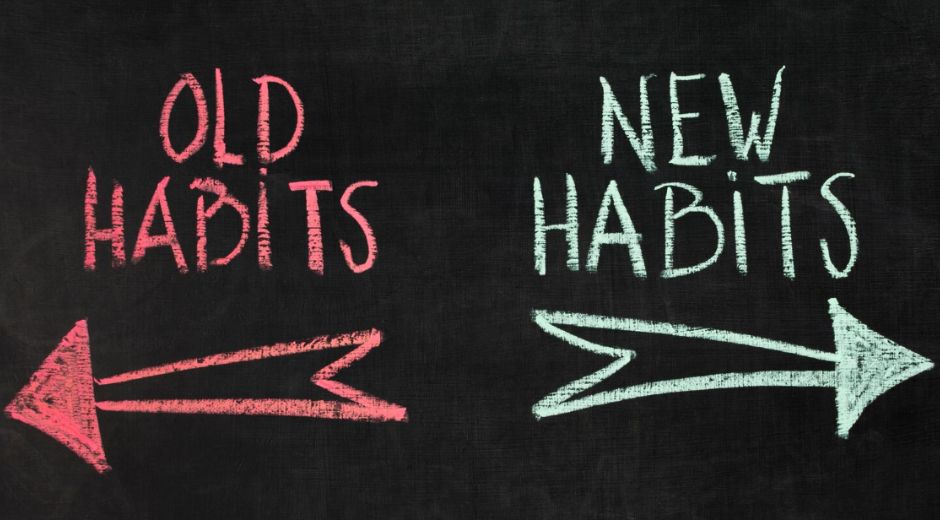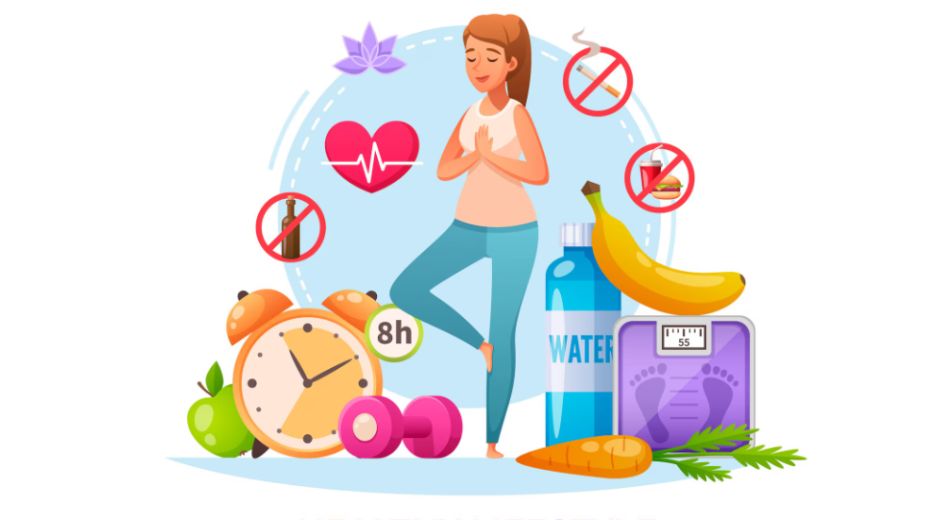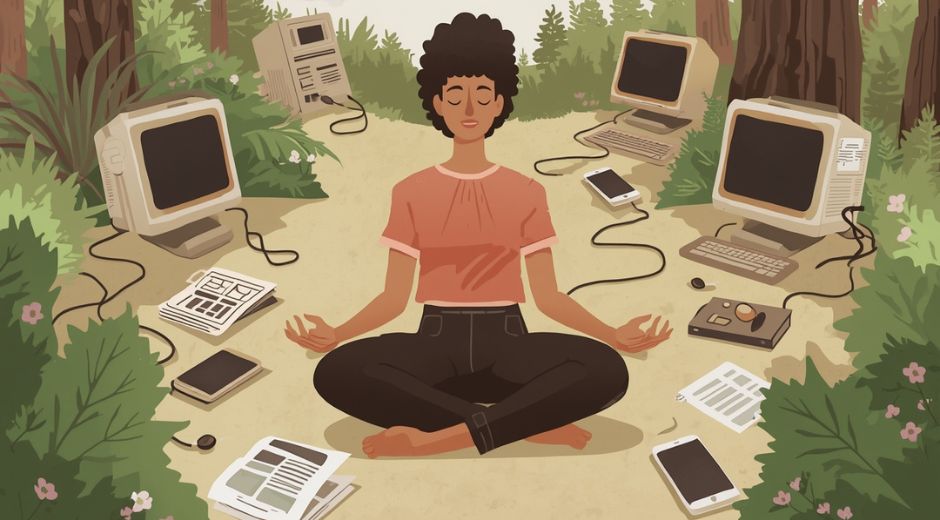Blue Zones: Unlocking the Secrets of Longevity and Purposeful Living
Why do some communities around the world live longer, healthier, and happier lives than others? The answer lies in the concept of Blue Zones, regions where people regularly live past 90 and even 100 while maintaining vitality, community, and purpose. These unique populations have captured global attention because they challenge modern assumptions about aging and well-being.
In a world obsessed with productivity and convenience, the Blue Zones remind us that longevity is not a matter of luck or genetics alone. It is a lifestyle, a rhythm, and a philosophy of living in harmony with one’s environment, food, and community.
What Are Blue Zones?
The term Blue Zones was coined by author and researcher Dan Buettner, who identified five regions with exceptionally high concentrations of centenarians. These include:
-
Okinawa, Japan – Known for strong social ties and plant-based diets.
-
Sardinia, Italy – Home to a close-knit culture and daily physical activity.
-
Nicoya Peninsula, Costa Rica – A region emphasizing faith, family, and sunlight.
-
Ikaria, Greece – A place where daily movement and Mediterranean diets promote vitality.
-
Loma Linda, California – A community of Seventh-day Adventists focused on spirituality and healthful living.
Across these diverse cultures, researchers discovered shared patterns that contribute to long life: natural movement, strong community bonds, plant-centered diets, and a clear sense of purpose.
The Power of Purpose
One of the most fascinating traits of Blue Zones residents is what the Japanese call ikigai — a reason for being. This sense of purpose acts as a psychological anchor, giving meaning to daily life and resilience against stress.
Studies show that individuals with a defined sense of purpose live up to seven years longer than those without. Purpose motivates healthier choices, fosters connection, and keeps people engaged well into old age.
Whether it is tending a garden, mentoring youth, or maintaining family rituals, having a reason to get up each morning adds measurable years and fulfillment.
Movement as a Way of Life
In Blue Zones, exercise is not an isolated activity but a natural part of living. People walk, garden, cook, and maintain their homes daily. There are no gyms or fitness trackers, yet physical movement is woven seamlessly into routine.
This gentle, consistent activity strengthens the body without overexertion. It keeps muscles engaged, joints flexible, and the heart active. The lesson is clear: longevity thrives not on extreme workouts but on continuous, joyful motion.
A ten-minute walk after each meal, a bike ride to visit friends, or time spent tending plants can have long-term benefits similar to structured fitness routines.
The Plant-Powered Plate
Diet plays a central role in the Blue Zones lifestyle. While each region has unique traditions, most share a predominantly plant-based diet rich in vegetables, legumes, whole grains, and healthy fats. Meat is eaten sparingly, often reserved for special occasions.
Beans, lentils, chickpeas, and sweet potatoes form the nutritional foundation of these diets. Olive oil, nuts, and seeds provide heart-healthy fats, while moderate wine consumption in certain regions offers antioxidants and relaxation.
According to National Geographic, people in Blue Zones consume smaller portions, stop eating when they feel 80 percent full (a practice known as hara hachi bu in Okinawa), and rarely eat processed foods.
Modern science now confirms that these dietary habits lower inflammation, support gut health, and reduce the risk of chronic diseases.
The Importance of Community
Longevity flourishes where connection thrives. Social isolation is one of the strongest predictors of premature mortality, while close relationships act as a protective buffer. In Blue Zones, community is central to everyday life.
Families live together or near one another, neighbors share meals, and elders are valued as keepers of wisdom. This deep sense of belonging creates emotional security and reduces stress.
Social support also reinforces healthy behavior. When those around you value balance, kindness, and gratitude, those qualities become contagious.
Faith and Spiritual Practices
Many Blue Zones residents share some form of spiritual or religious belief. Faith-based practices, regardless of denomination, provide structure, moral grounding, and a sense of connection to something larger than oneself.
Regular participation in communal worship or quiet reflection contributes to lower rates of depression and anxiety. Spirituality also encourages forgiveness and compassion, reducing emotional burden and improving relationships.
Even for those outside organized religion, cultivating gratitude, mindfulness, or meditation can bring similar psychological benefits.
Rest and Stress Reduction
Residents of Blue Zones take rest seriously. Unlike the global hustle culture, they embrace downtime as an essential part of productivity and health. Afternoon naps, leisurely meals, and time outdoors are normal, not indulgent.
Chronic stress accelerates aging, raises inflammation, and weakens the immune system. By balancing work and relaxation, Blue Zones communities sustain harmony and resilience.
Simple rituals such as pausing for tea, praying before meals, or walking at sunset serve as daily reminders to slow down.
Connection with Nature
Nature is an ever-present companion in Blue Zones. People spend significant time outdoors, whether gardening, walking, or enjoying open-air markets. Natural sunlight regulates circadian rhythms, improves sleep, and boosts vitamin D levels.
Gardening, in particular, provides a blend of exercise, mindfulness, and purpose. It connects people to the cycle of life and food, creating a sense of stewardship and satisfaction.
In an era of screens and urbanization, reconnecting with nature can restore physical and emotional balance.
The Role of Moderation
Another defining feature of Blue Zones living is moderation. Food, alcohol, and even work are enjoyed but not in excess. Balance, rather than restriction, guides choices.
This mindset prevents burnout and guilt, replacing them with contentment. By listening to the body’s natural cues and valuing small pleasures, people cultivate sustainable well-being.
The lesson is not deprivation but awareness. Longevity arises from rhythm and restraint, not constant consumption.
Lessons for Modern Society
Applying the principles of Blue Zones to modern life requires intention. Urban environments often discourage slow living, but small adjustments can create meaningful change.
Here are some practical steps inspired by these long-living communities:
-
Move naturally. Choose stairs, walk to nearby places, and spend time in physical hobbies.
-
Eat mindfully. Focus on whole foods, plant-based meals, and smaller portions.
-
Build community. Share meals, support neighbors, and nurture friendships.
-
Find purpose. Define what gives life meaning and align actions with it.
-
Reduce stress. Create daily rituals of rest and gratitude.
-
Spend time outside. Seek daylight and natural environments regularly.
-
Prioritize family. Strengthen intergenerational connections.
Even adopting a few of these habits can improve overall health, happiness, and longevity.
The Science Behind Longevity
Modern research supports what Blue Zones cultures have practiced for centuries. Scientists studying aging point to telomeres, the protective ends of chromosomes, as indicators of lifespan. Healthy habits such as diet, movement, and stress management slow telomere shortening, preserving cellular youth.
Furthermore, lifestyle choices influence gene expression. Epigenetic studies show that positive daily practices can “turn on” genes associated with longevity while silencing those linked to disease.
This means that while genetics play a role, environment and behavior have greater influence over how long and well we live.
Modern Adaptations of Blue Zones Principles
Cities worldwide are beginning to integrate Blue Zones strategies into public policy and urban planning. Programs known as “Blue Zone Projects” encourage communities to redesign environments that promote health naturally.
These initiatives create walkable streets, social gathering spaces, and access to fresh produce. Workplaces adopt flexible schedules to reduce burnout, and schools teach mindfulness and nutrition.
At newspapersio, we examine how these changes demonstrate that longevity is not an individual pursuit but a collective design. Societies that prioritize well-being build resilience for future generations.
The Role of Technology in Longevity
While the original Blue Zones rely on simplicity, technology can enhance their lessons when used wisely. Digital health tools, fitness trackers, and telemedicine expand access to wellness education.
However, constant connectivity can also erode rest and social interaction. The key lies in balance. Using technology to support human connection rather than replace it aligns with Blue Zones philosophy.
According to SportSoulPulse, tech companies are exploring ways to integrate digital mindfulness, promoting health without increasing stress.
The Cultural Dimension of Longevity
Each Blue Zone reflects the cultural values of its people. In Sardinia, humor and laughter are woven into everyday life. In Okinawa, elders hold respected roles as community guides. In Ikaria, celebrations and shared meals preserve joy and social unity.
These traditions remind us that culture shapes health as much as biology does. A long life without joy or belonging is merely survival. True longevity is measured not only in years lived but in years loved.
The Future of Aging Gracefully
As global life expectancy rises, societies face the challenge of ensuring those extra years are meaningful. Blue Zones offer a blueprint for aging gracefully — not through medicine alone, but through lifestyle, mindset, and community.
Healthcare systems are beginning to shift focus from treatment to prevention, emphasizing nutrition, movement, and mental well-being. Longevity science, known as gerontology, increasingly validates what these regions have practiced intuitively for centuries.
The wisdom of Blue Zones shows that longevity is not about escaping death but embracing life fully, with gratitude, purpose, and balance.
Conclusion: Living Longer, Living Better
The message of Blue Zones is timeless and universal: a fulfilling life is built through simplicity, connection, and love. By slowing down, sharing meals, and nurturing relationships, people discover that health is not a goal but a natural outcome of living well.
Longevity is not hidden in laboratories or diets but in the quiet rhythms of daily life — in laughter, generosity, and respect for nature. The world’s longest-living communities teach us that happiness and health are inseparable.
To live like those in Blue Zones is to live with intention, humility, and heart. It is to understand that the secret to a long life is not found in doing more, but in doing what truly matters.
The Pulse of Sport

Economic Blocs: How Regional Alliances Are Redefining Global Power
Economic Blocs: How Regional Alliances Are Redefining Global Power examines how nations unite through trade and policy to shape the world economy.

Blue Zones: Unlocking the Secrets of Longevity and Purposeful Living
Blue Zones: Unlocking the Secrets of Longevity and Purposeful Living explores how specific communities thrive through balance, purpose, and healthy habits.

Soundscapes: How Sonic Design Shapes Emotion and Immersion in Modern Culture
Soundscapes: How Sonic Design Shapes Emotion and Immersion in Modern Culture explores how music, noise, and silence influence perception and creativity.
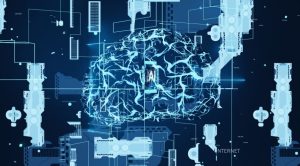
Edge Intelligence: The Next Frontier of Smarter, Faster, and Decentralized Computing
Edge Intelligence: The Next Frontier of Smarter, Faster, and Decentralized Computing explores how AI and edge systems redefine real-time data processing.
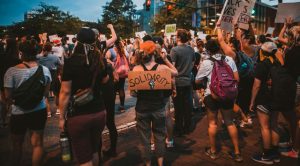
Sanctions and Global Power: How Economic Pressure Shapes Modern Diplomacy
Sanctions and Global Power: How Economic Pressure Shapes Modern Diplomacy explores how nations use trade, finance, and policy to influence global decisions.

Circadian Rhythm: How Your Body’s Internal Clock Shapes Health and Performance
Circadian Rhythm: How Your Body’s Internal Clock Shapes Health and Performance explores how daily cycles influence sleep, energy, mood, and longevity.

Immersive Theater: Redefining How Audiences Experience Storytelling
Immersive Theater: Redefining How Audiences Experience Storytelling explores how interactive performance reshapes art, emotion, and audience connection.

Digital Twins: How Virtual Replicas Are Powering Real-World Innovation
Digital Twins: How Virtual Replicas Are Powering Real-World Innovation explores how this technology reshapes industries from healthcare to aviation.

AI-Driven Cybersecurity: The Future of Digital Defense in a Hyperconnected World
AI-Driven Cybersecurity explores how artificial intelligence is transforming global digital defense, reshaping threat detection, and redefining the future of technology innovation. Insights






